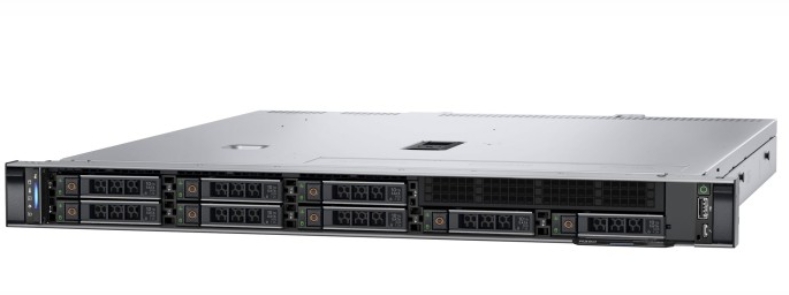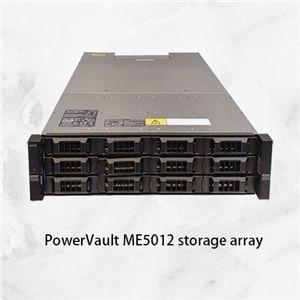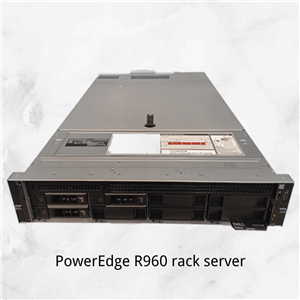Core components of server racks

As the physical pillar of IT infrastructure, server racks carry the safe deployment of core computing equipment and network components. While paying attention to server performance, the scientific configuration of supporting components has a decisive impact on system stability. These functional accessories can not only optimize equipment layout and strengthen security protection, but also effectively extend the life cycle of equipment. Its selection strategy is directly related to operation and maintenance efficiency and long-term cost control.
1. The important value of rack accessories
In modern data centers and distributed computer rooms, rack accessories are by no means auxiliary facilities. Through modular design to maximize space utilization, with the help of intelligent power distribution to improve energy management efficiency, relying on the cooling system to maintain the best working conditions of equipment-these functional components together build a reliable operating environment. Typical cases show that: unregulated cable layout may reduce the cooling efficiency by 30%, and the lack of anti-tampering design will expose the equipment to an average annual 2.7% abnormal loss risk. From enterprise-level modular computer rooms to home laboratories, scientific accessory configuration solutions can achieve significant benefits of reducing operation and maintenance costs by 40% and equipment failure rates by 60%.
2. Analysis of the functions of the eight core components
Cable management system In standard cabinets with a density of more than 25U, improper cable management will lead to more than 15% of unexpected downtime events. Professional solutions include: Three-dimensional wiring rack: Made of aviation aluminum, supports 360° rotation adjustment to achieve cable diversion management Modular cable organizer: Equipped with self-lubricating slide rails, supports 45° oblique wiring, and reduces cable bending loss Dust-proof blind hole plate: Made of electromagnetic shielding material, with heat dissipation hole design, compatible with EIA-310 standard
3.Intelligent heat dissipation system
According to ASHRAE standards, an active heat dissipation system is required when the rack power density reaches 15kW/m²: Turbine vertical air duct: air volume reaches 450CFM, and the pressure difference compensation design is suitable for high-density deployment above 30U Dynamic guide blind plate: integrated temperature sensing chip to achieve intelligent adjustment of air duct opening and closing Liquid cooling distribution unit: supports -40℃ refrigerant circulation, and the thermal conductivity efficiency is 8 times higher than traditional air cooling
4.Power management system
Key business systems should be configured with Tier Level III power supply unit: Intelligent PDU monitoring module: supports 12-bit channel independent metering, with an accuracy of 0.5 Digital relay unit: with surge suppression function, peak protection up to 40kA Hot-swappable busbar: supports N+1 redundant configuration, switching time <10ms
5.Modular storage system
Mixed loading solutions for heterogeneous equipment: All-steel sliding rails: load-bearing up to 150kg, support 200mm equipment in and out Hydraulic damping hinge: achieve 90° slow descent, single operation life exceeds 50,000 times Modular expansion rack: compatible with EIA-310 and ISO standards, supports hot-swap expansion.
6.Motion control system
Technical indicators of precision leveling system: Six-dimensional shock-absorbing platform: frequency response range 5-2000Hz, seismic isolation efficiency >95% Laser calibration casters: positioning accuracy ±0.1mm, support three-dimensional space level adjustment Self-locking feet: shear strength up to 35kN, in line with SEMI S2 standards
7.Remote management unit
New generation KVM over IP solution features:
4K H.265 codec: bandwidth usage reduced by 60%
Hardware-level encryption engine: supports AES-256 and TLS 1.3 protocols
Edge computing module: local cache up to 2TB, support for network disconnection and resuming
Protection and security components
Physical protection level should meet IP54 standards:
Electromagnetic shielding cabin: shielding effectiveness>60dB, passed FCC Part 15 certification
Anti-accidental touch mechanical lock: adopts CEN III level lock cylinder, supports double-person double lock mechanism
Environmental monitoring module: integrated temperature and humidity/vibration/Vibration sensor array
Extension interface unit
Engineering parameters of front access system:
USB4 Gen3x2 interface: transmission rate up to 40Gbps
Fiber expansion dock: supports QSFP28 protocol, transmission distance 10km
Smart backplane: configure I2C management bus, support hot plug detection
The development trend of modern data centers shows that rack accessories are evolving from passive support to active intelligence. With the popularization of AI operation and maintenance, the next generation of smart racks will integrate digital twin systems to achieve predictive maintenance and dynamic optimization of energy efficiency. Mastering the technical characteristics and configuration strategies of core components will become a key capability in building a new generation of digital infrastructure.




